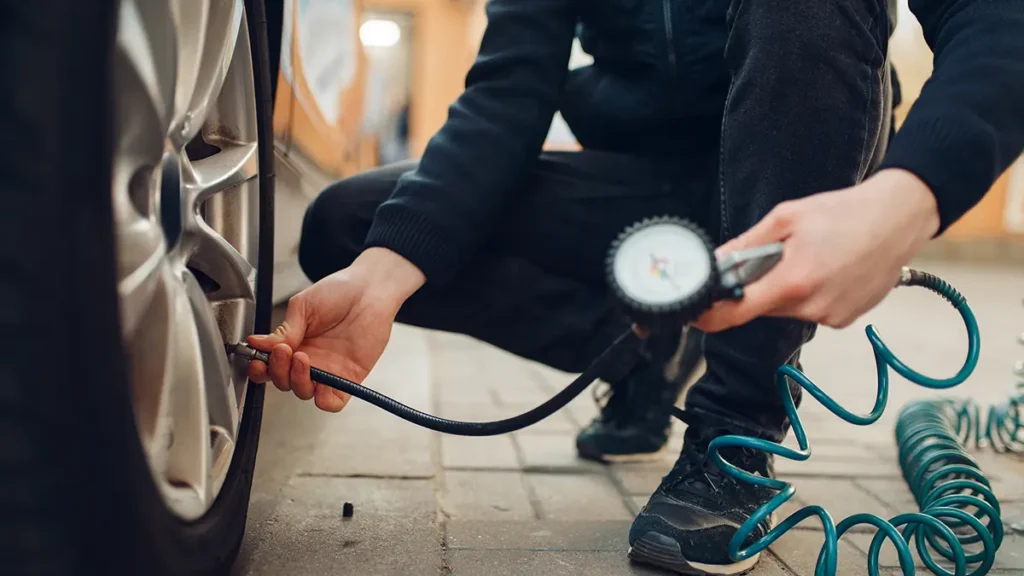How to keep your car on the road while still contributing positively to the environment using eco-friendly driving.
A recent global survey found that four-fifths of us wanted to explore ways to live a more sustainable life. Yet when it comes to owning a car it is undeniable that set of wheels contributes negatively to the environment.
And yet, having an eco mind and a stylish ride can both be achieved, if we go about our daily travels with a little more care and consideration.
Driving Style
Firstly, consider this scenario – you’re driving on an empty motorway and the temptation is there to push the pedal to the metal, right?
Well, you may experience the positive effects of arriving at your destination sooner, yet for the environment there is a cost. That’s because aggressive driving, such as speeding, can reduce your fuel efficiency by approximately 15-30% at motorway speeds, and 10-40% in stop-start traffic.
The most fuel-efficient speed we can do varies with each vehicle, but it’s usually between 40-50mph.
Similarly, excessive braking (an obvious biproduct of going too fast and not being able to glide to a halt) not only leads to faster wear on brakes, but also increases fuel consumption each time you accelerate again.
Wherever feasible, choose routes or motorways with less traffic so you can maintain a steady speed throughout your journey.
Maintenance
Regular maintenance of your vehicle presents another area where huge efficiencies can be maintained. From keeping tyres properly inflated – a monthly check is recommended as pressure can vary with seasonal weather alterations – to oil changes, keeping fuel and air filters clear… these will all aid driving that limits the effect on the environment.

Weight
Arguably the greatest thing that leads us to burn more fuel is the weight we are carrying around in our cars. Therefore eliminating unnecessary baggage – car seats and that old set of golf clubs! – will mean a lighter car, a cheaper journey, and one that’s better for the environment.
Aerodynamics
And don’t underestimate the effect of poor aerodynamics either. Sure, you may not be driving Lewis Hamilton’s new Ferrari, but a roof rack will create extra drag, so remove it when you’re not using it.
Air Con
Then you have air conditioning. While, on a warm day, that cool breeze can make all the difference, it’s another element that leads to increased fuel usage. In fact, operating the A/C in extremely hot conditions can lower a standard vehicle’s fuel efficiency by over 25%, especially during shorter journeys.
Waterless Car Wash
Finally, consider using a waterless car wash. These solutions are available from motoring stores, and although they’re only effective on lightly-soiled cars, the end result is often impressive.
Put it this way, a typical home car wash using hose and bucket consumes 80-140 gallons of water. For a commercial car wash, it’s about 45 gallons per wash. A waterless wash requires only 4-6 gallons of water.
Ultimately, our cars are a convenience many of us cannot do without. Accepting this, but pursuing ways of becoming good at eco-friendly driving, means we’re keeping happy not just our employers, friends and families, but the environment too!










